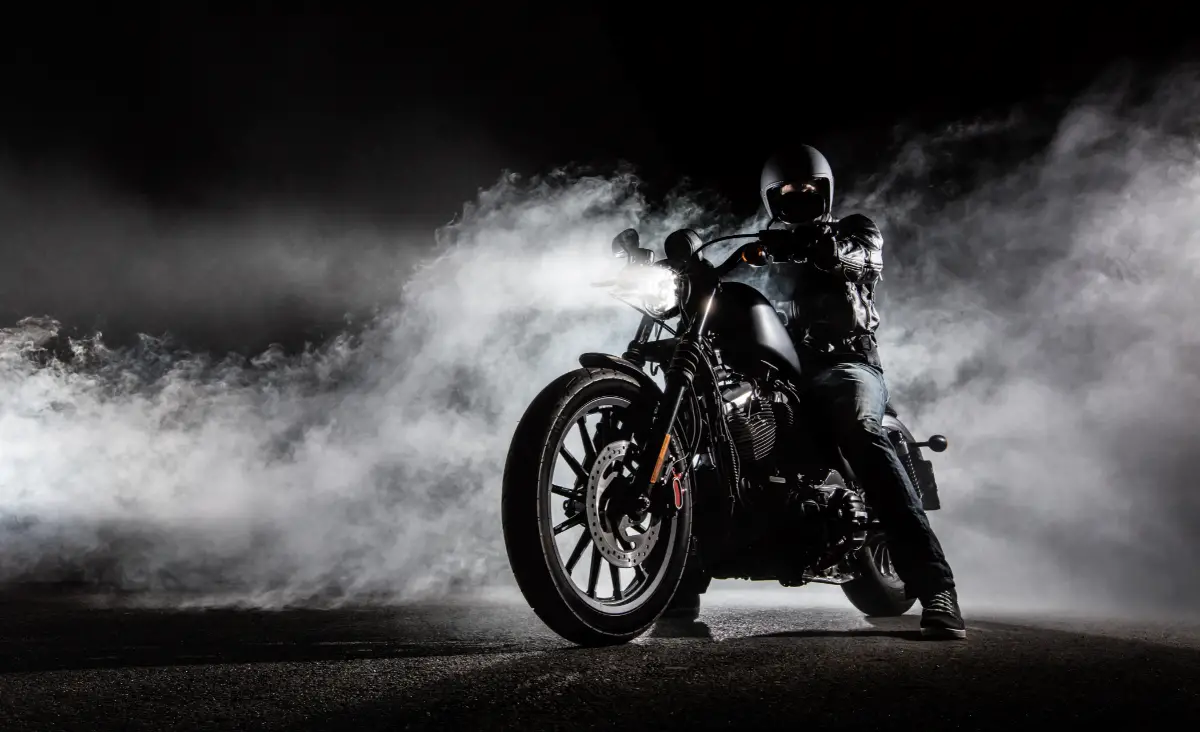Guidelines for Motorcycle Training in Canada
If you want to ride a motorcycle in Canada, you must undergo training and pass a skills test before you acquire a motorcycle license. The requirements to qualify for a motorcycle license may vary in each province but the training follows the same standards. After you’ve completed a rigorous training course, you should be able to safely operate a motorcycle with no restrictions.
What can you expect? If you’re yet to attain a full motorcycle license in Canada, we’ll break down everything you need to know about the motorcycle training course that prepares you for the road test. Let’s get down to it, shall we?

Step 1. Enroll in an Approved Motorcycle Training Program
It’s possible to acquire a motorcycle license in Canada without training as long you pass the motorcycle skills test and road test. However, if you want to have a higher chance of passing the motorcycle skills and road test on your first attempt, you should enroll in an approved motorcycle training program. In fact, if you complete an accredited course, you may have the option to update your motorcycle license without taking further tests — but this only applies in selected provinces.
So, which accredited motorcycle course should you look for? The national motorcycle rider training program in Canada is known as “Gearing Up”. Canada Safety Council which developed the program has a list of different training centers in each province that you could enroll as a novice rider.
Additionally, you can find accredited training programs developed by the safety council or the transport authority of your province. But in most cases, the motorcycle training and testing authority will follow the Gearing Up curriculum developed by the Canada Safety Council.
Step 2: Start with an Introduction Course
If you’re not sure whether you want to ride a motorcycle, you have the option to start with an introduction course. This is usually a short course of at least three hours where you’re trained hands-on with an instructor on the basics of controlling and operating a motorcycle. To be more specific, students are taught how to balance, change gears, and safely ride a motorcycle at a slow pace.
Since the introductory training course is intended to let you decide if you want to proceed to the next stage, it doesn’t offer any license privileges after you’re done.
Step 3: Study the Motorcycle Handbook
If you want to continue after the introduction course, you can study the motorcycle handbook of your province and take the knowledge or written test to acquire a learner’s license. All the questions that you will be asked during the written or knowledge test are based on the motorcycle handbook relevant to your province. This means that you have no option but to study the motorcycle handbook as part of your training if you want to pass the knowledge test.
Step 4: Enroll for the Novice Rider Training Program
After acquiring a learner’s permit, you can enroll in a novice rider training program so you can prepare for the skills tests and upgrade your motorcycle license. Unlike the introduction training course, the novice training program is longer and more comprehensive. More succinctly, you will learn clutch control, slow speed maneuver, effective braking control, shifting gears, cornering techniques, and collision avoidance techniques.
Most novice rider training programs take at least 18 hours where 90 percent of the time is spent practicing riding a motorcycle in a controlled environment away from traffic. On the other hand, 10 percent of the time is spent in a classroom.
Once you’ve completed the basic rider training program, you can book the motorcycle skills test when you’re ready.
Step 5: Enroll for the Advanced Training Program
If you pass the motorcycle skills test in Canada, you will acquire a probationary or an intermediate license that you can use for at least 12 months before you’re eligible to apply for a full license. However, you need to pass a road test before you can acquire a full motorcycle license — and there’s no better way to prepare yourself than to enroll in an advanced training program.
Since the motorcycle road test takes place in a real traffic environment, you’re expected to learn at the advanced stage while riding on the streets and highways under the supervision of an experienced instructor. In most cases, you will be riding as a group with other students when you’re training in real-world scenarios. However, most advanced training programs will require you to show up for the classes with your own insured motorcycle.
Additionally, you could enroll for lecture classes that will prepare you on what to expect during the motorcycle road test. Even better, you can take practice tests so you can know what you can expect during the final road test with real-world situations.
Once you’ve completed the training course, you will receive a certificate to demonstrate you’re a competent motorcycle rider. You can use the certificate to qualify for an insurance discount. However, you still need to pass the road test to acquire a full license even after you’ve completed all the motorcycle training courses.